South Africa is a country where various cultures merge to form a unique nation, proud of its heritage. The country boasts some of the world’s most breathtaking scenery and features an amazing display of bird and wildlife species, which include the Big Five (lion, leopard, elephant, buffalo and rhino).
South Africa’s biggest asset is its people – a rainbow nation with rich and diverse cultures. The country is often called “the cradle of humankind”, for this is where archaeologists discovered 2,5-million-year-old fossils of our earliest ancestors, as well as 100 000-year-old remains of modern man.
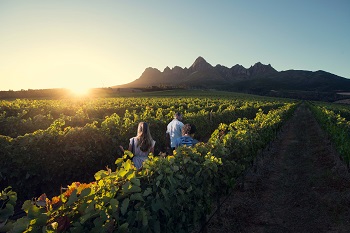

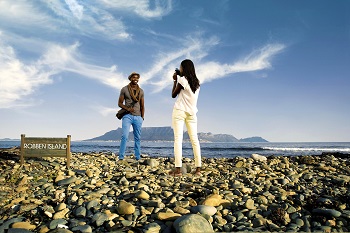
For 2017, Statistics South Africa estimated the mid-year population as 56,52 million. Approximately 28,9 million (51%) of the population was female. Gauteng comprises the largest share of the South African population. Approximately 14,3 million people (25,3%) live in this province. KwaZulu-Natal is the province with the second largest population, with 11,1 million people (19,6%) living in this province. With a population of approximately 1,21 million people (2,1%), Northern Cape remains the province with the smallest share of the South African population.
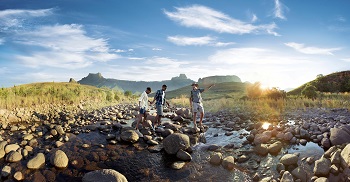
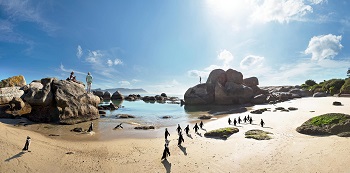
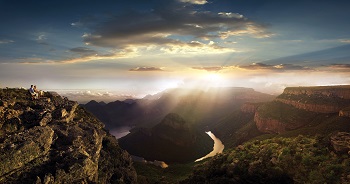
The diversity of the unique cultures of South Africa means that there are 11 official languages. Although English is the mother tongue of only a minority of the population, it is the language most widely understood, and the second language of the majority of South Africans. However, government is committed to promoting all the official languages, including the Khoi, Nama and San languages, as well as Sign Language.
South Africa is a secular democracy with freedom of religion. Many religions are represented in the ethnic and regional diversity of the population.
Stretching latitudinally from 22°S to 35°S and longitudinally from 17°E to 33°E, South Africa’s surface area covers 1 219 602 km2.
Physical features range from bushveld, grasslands, forests, deserts and majestic mountain peaks, to wide unspoilt beaches and coastal wetlands. The coastline stretches more than 3 000 km and is an even, closed one with few bays or indentations naturally suitable for harbours.
The country shares common boundaries with Namibia, Botswana, Zimbabwe, Mozambique and Swaziland, while the Mountain Kingdom of Lesotho is landlocked by South African territory in the south-east.
The Prince Edward and Marion islands, annexed by South Africa in 1947, lie some 1 920 km south-east of Cape Town.
South Africa has more than 290 conservation parks. It is home to almost 300 mammal species, about 860 bird species and 8 000 plant species. The annual sardine run is the biggest migration on the planet.
South Africa comprises nine world heritage sites.
Tourism is a significant and critical sector in South Africa’s economy as it contributes positively to the trade balance through foreign exchange receipts and sustains 700 000 direct jobs.
The success of tourism in South Africa is based on the warmth of the people, the attractiveness of the unique attractions, infrastructure, iconic cultural and heritage sites, and the abundance of natural assets.
For more information about South Africa visit: